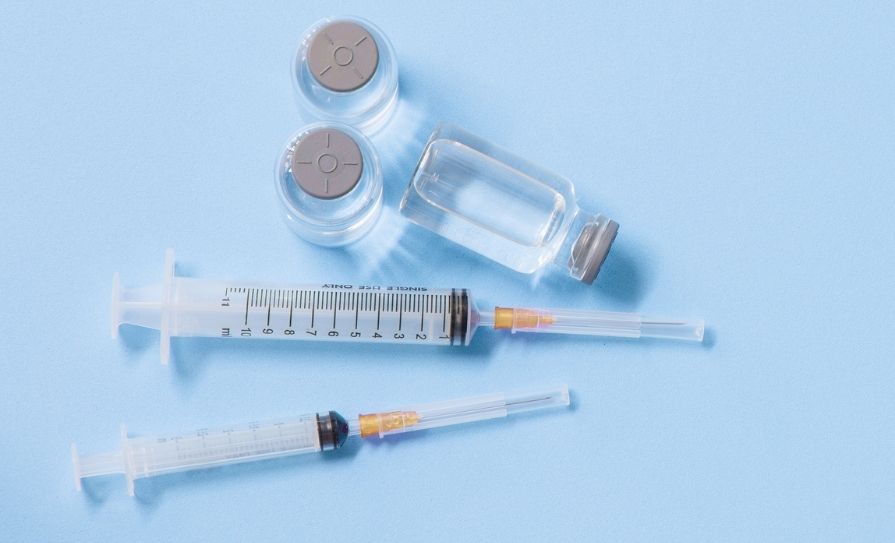New research led by a professor at NUI Galway is set to change how some patients with high blood pressure are treated. The study by researchers at NUI Galway, Johns Hopkins University and Harvard Medical School in the US found no evidence that diastolic blood pressure — the bottom reading on a blood pressure test — can be harmful to patients when reduced to levels that were previously considered to be too low.
Lead researcher Prof Bill McEvoy, Professor of Preventive Cardiology at NUI Galway and a Consultant Cardiologist at University Hospital Galway, said the findings have the potential to immediately influence the clinical care of patients. Prof McEvoy said: “We now have detailed research based on genetics that provides doctors with much-needed clarity on how to treat patients who have a pattern of high systolic values — the top reading for blood pressure — but low values for the diastolic, or bottom, reading.
“This type of blood pressure pattern is often seen in older adults. Old studies using less-reliable research methods suggested that the risk for a heart attack began to increase when diastolic blood pressure was below 70 or above 90. Therefore, it was presumed there was a ‘sweet-spot’ for the diastolic reading.”
High blood pressure is a major cause of premature death worldwide, with more than 1 billion people having the condition. It is linked with brain, kidney and other diseases, but it is best known as a risk factor for heart attack. More recently, high blood pressure has emerged as one of the major underlying conditions that increase the risk of poor outcomes for people who become infected with Covid-19.
Prof McEvoy and the international research team analysed genetic and survival data from more than 47,000 patients worldwide. The study, published in the prestigious medical journal Circulation, showed:
- There appears to be no lower limit of normal for diastolic blood pressure and no evidence in this genetic analysis that diastolic blood pressure can be too low.
- There was no genetic evidence of increased risk of heart disease when a patient’s diastolic blood pressure reading is as low as 50.
- The authors also confirmed that values of the top, systolic, blood pressure reading above 120 increased the risk of heart disease and stroke.
Prof McEvoy added: “Because doctors often focus on keeping the bottom blood pressure reading in the 70-to-90 range, they may have been under-treating some adults with persistently high systolic blood pressure.
“The findings of this study free-up doctors to treat the systolic value when it is elevated and to not worry about the diastolic blood pressure falling too low.
“My advice now to GPs is to treat their patients with high blood pressure to a systolic level of between 100-130mmHg, where possible and without side-effects, and to not worry about the diastolic blood pressure value.”







